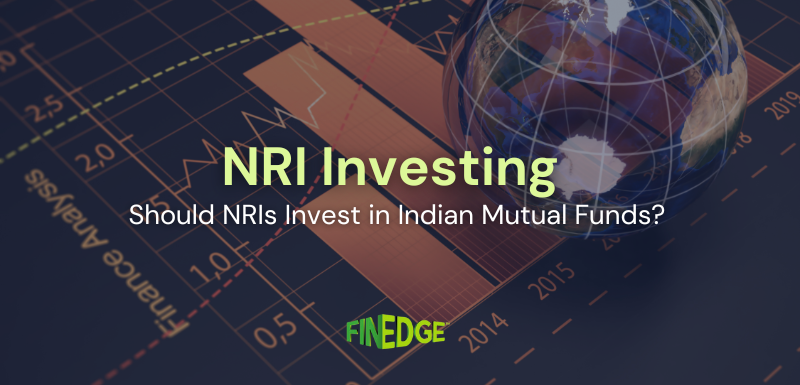3 Useful Tax Saving Mutual Fund Shortcuts

ELSS Mutual Funds offer tax-saving benefits with high returns, liquidity via dividends, risk management through SIPs/STPs, and a rollover strategy to sustain long-term tax efficiency.
When it comes to tax saving, Mutual Funds Sahi Hai! ELSS (Equity Linked Savings Schemes) are a category of EEE (Exempt, Exempt Exempt) investment instrument that can potentially help you generate long-term wealth from your yearly tax-saving investments. Since ELSS Mutual Funds invest into stocks, they tend to outperform fixed income instruments such as PPF or Tax Saving FD’s in the long run. Whether you’re already well acquainted with ELSS Mutual Funds, or are considering them for the first time, here are three useful shortcuts you can use.
Fancy Some Liquidity? Select the Dividend Option
Although ELSS Mutual Funds have the shortest lock in period amongst its peers (3 years), you may be desirous of generating some interim liquidity from your tax saving investment. If that’s the case, you could always choose the ‘dividend’ option instead of the ‘growth’ option. Most top ranked ELSS Mutual Funds tend to declare dividends at least once a year. In outstanding years, this has historically gone up to twice a year as well. The actual quantum of the dividend could range from 5% to 20% of your invested amount, depending upon how the markets have actually fared. Best of all, these dividends are 100% tax free.
Worried About Market Levels? Use the STP Route
Many investors who have traditionally sought the safe haven of fixed deposits, PPF or traditional life insurance plans to save taxes in the past, tend to be wary with respect to a ELSS Mutual Funds, owing to the risk element that’s intrinsic to them. And rightfully so – even top quality ELSS Mutual Funds can fall heavily in value if markets turn bearish! For this reason, most Financial Advisors will recommend that you do not invest lump sums into ELSS Mutual Funds, but rather invest your target amount in a staggered manner using SIP’s (Systematic Investment Plans) or STP’s (Systematic Transfer Plans). The most optimal solution is to put your tax saving on auto pilot by running a monthly SIP in an ELSS throughout the year. If you cannot do that, make sure you at least stagger the lump sum investment in three or four tranches, via the STP route.
After 3 Years, You Basically Just Need to Roll Them Over…
If you’ve made ELSS investments every year for up to three consecutive years, you’re basically set for life! You no longer need to invest any fresh funds for saving taxes under Section 80C. All you need to do is roll over your existing ELSS Mutual Funds year on year. For instance, say you’ve invested Rs. 1.5 Lakhs in an ELSS in March ’15, March ’16 and March ’17. The units you bought in March ’16 will complete 3 years in March ’18 – and if you’re lucky, you’ll be sitting on a profit as well. All you need to do is switch out these units into a liquid fund, and back into the same ELSS! You’ll be done with your tax saving for FY 17-18 without having had to make any new investment.
Your Investing Experts
Relevant Articles
Types of Debt Funds in India
Debt funds in India offer something for everyone, from overnight investors to those with long-term goals. Knowing the types of debt funds can help you align your choices with your financial plan.
Should NRIs Invest in Mutual Funds in India?
India’s economy is entering a powerful growth phase, and NRIs have a unique chance to be part of it. Mutual funds make it simple, transparent, and goal-driven to participate in this long-term opportunity.
Arbitrage Funds in India: Balancing Stability and Tax Efficiency
Arbitrage funds turn short-term market inefficiencies into steady, low-risk returns. They offer a simple, tax-efficient bridge between savings and equity investments.
.png)
.png)

.png)